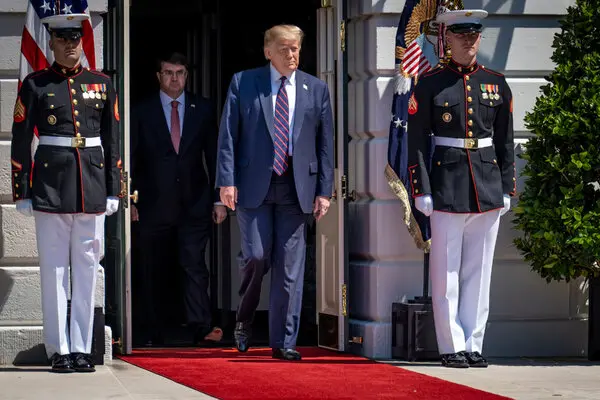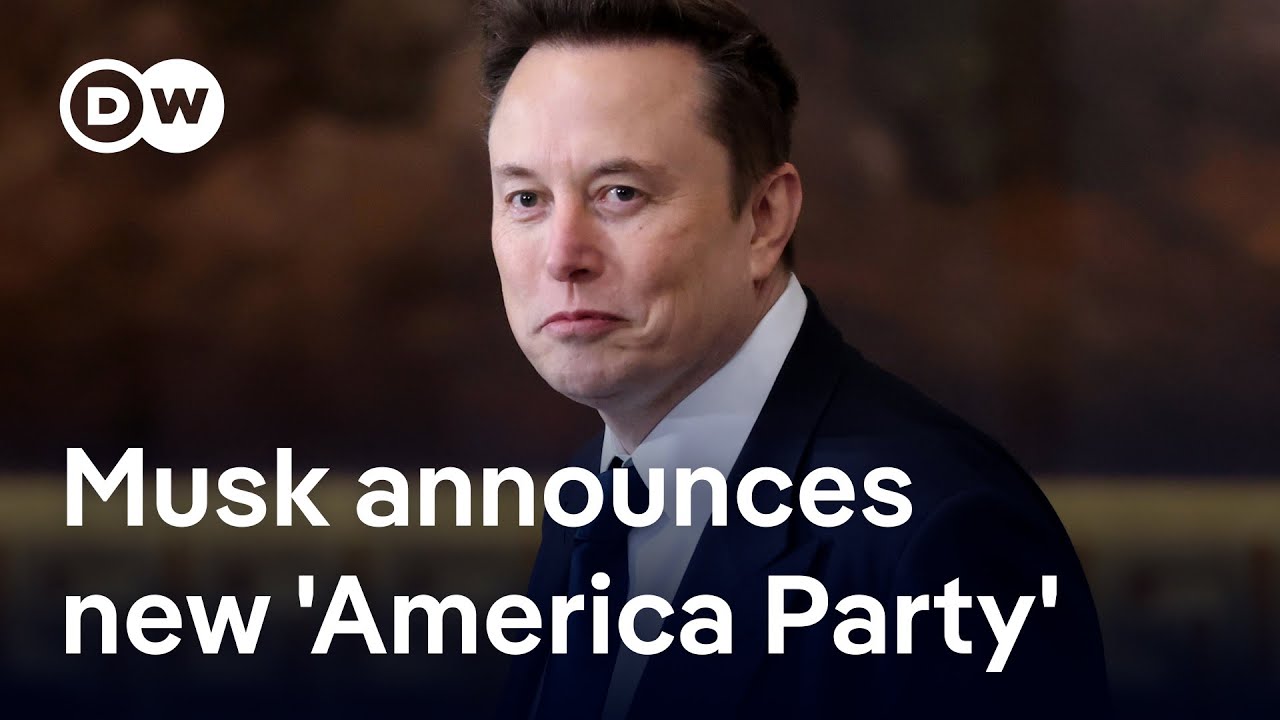Former President Donald Trump has once again captured national attention, this time with his bold claim that he has raised more than $1.5 billion since the 2024 election. The announcement highlights the immense fundraising power that Trump continues to wield, even after leaving office, and underscores his enduring influence over the Republican Party and its voter base. His assertion also reignites discussions about the role of money in American politics, campaign financing, and the political future he envisions for himself and his movement.
The Scale of the Claim
Trump’s reported fundraising haul is staggering by any political measure. If accurate, the $1.5 billion figure surpasses typical post-election fundraising efforts by a wide margin. Historically, politicians who lose a presidential election struggle to maintain fundraising momentum. Yet Trump, far from fading into political obscurity, has built a machine that continues to generate enormous sums of money through small-dollar donations, rallies, online platforms, and high-profile fundraising events.
This massive fundraising number is not just symbolic; it demonstrates that Trump remains the most financially powerful figure in Republican politics. His ability to command such donations suggests that millions of supporters remain deeply committed to his cause, whether that means supporting his political action committees, funding ongoing legal battles, or laying the groundwork for future campaigns.
Post-Election Fundraising Landscape
Since the 2024 election, Trump has transformed his fundraising apparatus into something resembling both a political engine and a personal defense fund. His Save America PAC and other affiliated committees have collected contributions from donors ranging from grassroots supporters sending in $5 to wealthy individuals contributing the maximum legal amounts.
Fundraising appeals often tie into themes of election integrity, Trump’s vision of “making America great again,” and ongoing cultural battles that resonate with conservative voters. These appeals are designed to galvanize supporters emotionally and financially, ensuring the money pipeline remains strong.
Unlike other post-election fundraising campaigns, Trump’s efforts are less about building party infrastructure and more about consolidating personal influence. His control over the Republican donor base puts him in a unique position to dictate the party’s direction.
Legal Costs and Allocation of Funds
One important aspect of Trump’s fundraising is how the money is spent. With mounting legal challenges, ranging from criminal indictments to civil lawsuits, Trump’s campaign and affiliated PACs have had to devote significant resources to legal expenses. Reports indicate that millions raised from his supporters have been used to pay legal teams defending him in multiple jurisdictions.
Critics argue that donors, many of whom are middle- and working-class Americans, may not fully understand how much of their contributions go toward legal defenses rather than campaign activities or party-building efforts. Supporters, on the other hand, view their donations as a way to shield Trump from what they believe are politically motivated prosecutions.
Political Power of the War Chest
Beyond legal defense, the sheer size of Trump’s war chest allows him to retain an outsized role in Republican politics. Candidates seeking office at every level are acutely aware of his influence. With the ability to funnel money into races, back primary challengers, or endorse favored candidates, Trump ensures that his political brand remains front and center.
Moreover, the fundraising figure suggests that Trump has the resources to mount another presidential run or support a slate of candidates aligned with his vision. While some Republicans have attempted to distance themselves from his polarizing style, the undeniable financial backing he commands makes it difficult for party leaders to move past him.
Criticism and Controversy
Trump’s announcement has not come without criticism. Opponents argue that such massive fundraising, particularly if much of it goes toward personal legal battles, reflects the dangers of campaign finance loopholes and the blurred line between political and personal use of funds. Watchdog groups have long raised concerns about how Trump structures his committees and whether donor money is being used appropriately.
Furthermore, critics see the constant fundraising as a strategy to keep his base in a perpetual state of mobilization, feeding off grievances and fears. For Trump’s detractors, the $1.5 billion figure symbolizes not just financial clout but also the ongoing polarization of American politics.
Supporters’ Perspective
For Trump loyalists, the fundraising success is a badge of honor. They view it as proof that Trump continues to resonate with the American people, even after the 2024 election. Supporters often cite the fundraising numbers as evidence that Trump’s message still commands loyalty and that attempts to discredit or prosecute him have only strengthened his bond with voters.
The grassroots nature of many contributions also bolsters the image of Trump as a populist leader. Unlike candidates who rely heavily on big donors, Trump’s campaign emphasizes its reliance on small contributions, framing it as a movement powered by ordinary citizens rather than political elites.
Implications for the Future
Looking forward, Trump’s claim of raising more than $1.5 billion sets the stage for continued dominance within the Republican Party. Whether he intends to use these resources for another presidential campaign, to influence congressional races, or to fund legal defenses, the money ensures that he remains a central player in American politics.
The announcement also serves as a reminder of the growing role of fundraising in modern campaigns. In an era where political influence often correlates with financial power, Trump’s ability to outpace rivals gives him a significant advantage. For the Republican Party, this dynamic raises questions about whether the future of the movement lies in broadening its appeal or doubling down on Trump’s base-driven strategy.
Conclusion
Donald Trump’s assertion that he has raised over $1.5 billion since the 2024 election is more than a financial boast—it is a statement of political strength. It reinforces his position as the dominant figure in the Republican Party, highlights the ongoing loyalty of his supporters, and signals that his influence is far from diminished. While critics warn about the implications of such fundraising practices, and questions remain about how the funds are used, the sheer magnitude of the figure demonstrates that Trump’s role in American politics is not fading. Instead, it appears that his political and financial machine is only gaining momentum.



